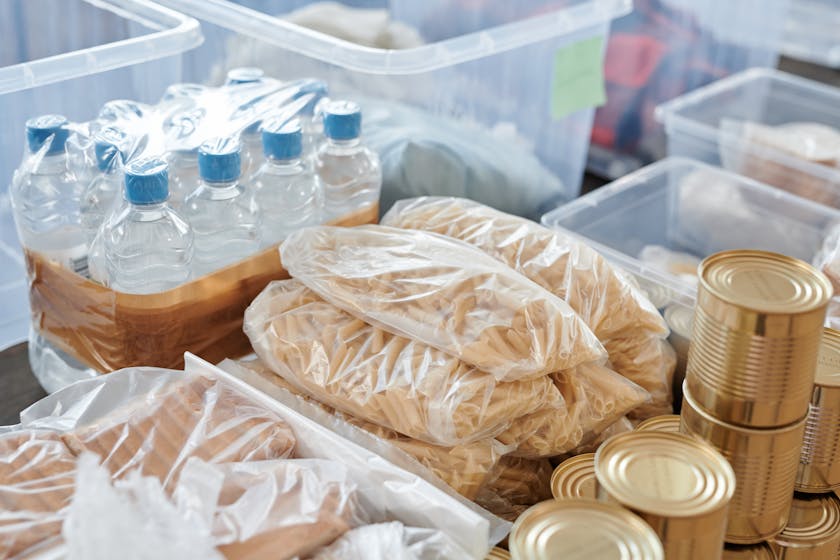In the realm of emergency preparedness, bulk meal storage is a cornerstone strategy for ensuring you and your family remain well-fed during unexpected events. Whether you’re facing a natural disaster or a prolonged power outage, having a plan for your meals can make all the difference. This comprehensive guide will take you through the essentials of once-a-month cooking and how it can be utilized for effective bulk meal storage.
Understanding Once-a-Month Cooking
Once-a-month cooking, also known as freezer cooking, is the process of preparing and storing a month’s worth of meals in one go. It’s a method that not only saves time but also ensures you have a variety of home-cooked meals readily available. This approach can be particularly beneficial when applied to emergency preparedness.
Planning Your Bulk Meal Storage
Assess Your Storage Space: Before you begin, take inventory of your freezer space. You’ll want to ensure you have enough room to store a month’s worth of meals without overloading your freezer, which can lead to inefficient cooling and increased energy costs.
Select Appropriate Containers: Opt for airtight, freezer-safe containers or vacuum-sealed bags to protect your meals from freezer burn and extend their shelf life. Label each container with the date of preparation and the type of meal for easy identification.
Choosing the Right Recipes for Bulk Cooking
Focus on Freezer-Friendly Meals: Some recipes freeze better than others. Casseroles, soups, stews, and marinated meats tend to hold up well when frozen and reheated. Avoid dishes with high water content vegetables, as they can become mushy after thawing.
Consider Nutritional Balance: When selecting recipes, aim for a balance of protein, carbohydrates, and vegetables to ensure each meal is nutritionally complete.
Preparing Your Meals for Bulk Storage
Cook in Batches: Dedicate a day to cook all your meals in batches. This streamlines the process and allows you to work efficiently.
Cool Before Freezing: Allow cooked food to cool completely before transferring it to your storage containers. This prevents condensation from forming inside the container, which can lead to freezer burn.
Maximize Storage Efficiency: Freeze meals flat, when possible, to save space and allow for quicker thawing. Stack containers neatly to utilize all available space in your freezer.
Maintaining Your Bulk Meal Storage
Regular Inventory Checks: Periodically check your stored meals for signs of freezer burn or any containers that may have been compromised. Rotate your stock by using the oldest meals first.
Defrosting Safely: Always thaw meals in the refrigerator or by using the defrost setting on your microwave to prevent the growth of harmful bacteria.
Reheating Guidelines: Reheat meals to an internal temperature of 165°F to ensure they are safe to eat. If using an oven or stovetop, cover the meal to retain moisture while reheating.
Bulk Meal Storage and Emergency Preparedness
By integrating once-a-month cooking into your emergency preparedness plan, you’ll have a reliable source of meals that can sustain you through various emergency scenarios. It can also provide peace of mind knowing that you are prepared to maintain a sense of normalcy through home-cooked meals, even in the midst of an emergency.
Include a Multi-Use Tool: In addition to your bulk meal storage, consider including a multi-use tool such as a can opener or a portable stove in your emergency kit. This will allow you to manage your meals more effectively in the absence of your usual kitchen amenities.
Stay Informed: Keep abreast of best practices for food safety and storage, as recommendations may change over time. Staying informed ensures you are always prepared to make the best decisions for your family’s nourishment during emergencies.
Once-a-month cooking is not just a convenient way to manage daily meals—it’s also a strategic approach to emergency preparedness. By following these tips, you can build an effective bulk meal storage system that will serve you well when the unexpected occurs.



